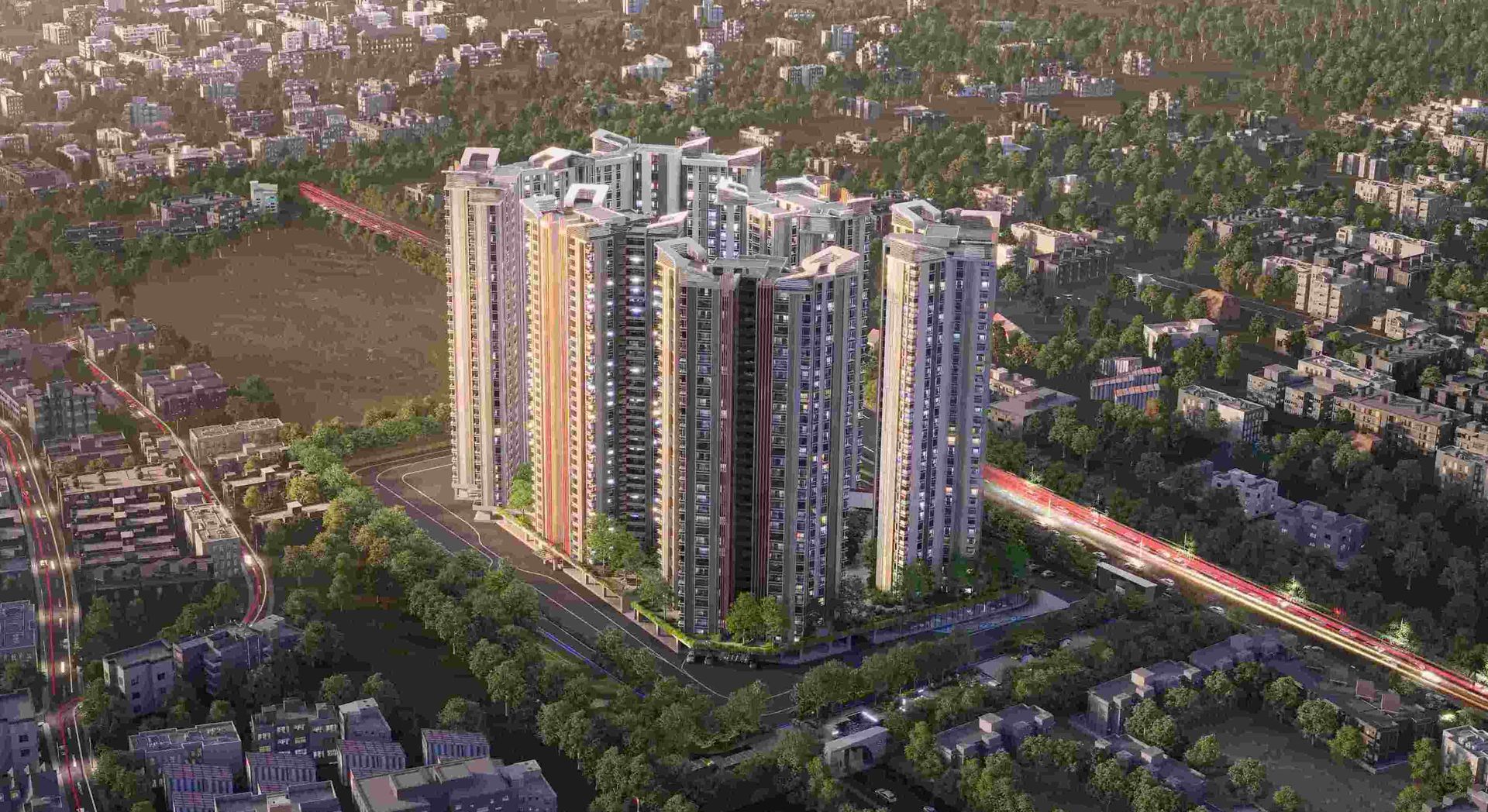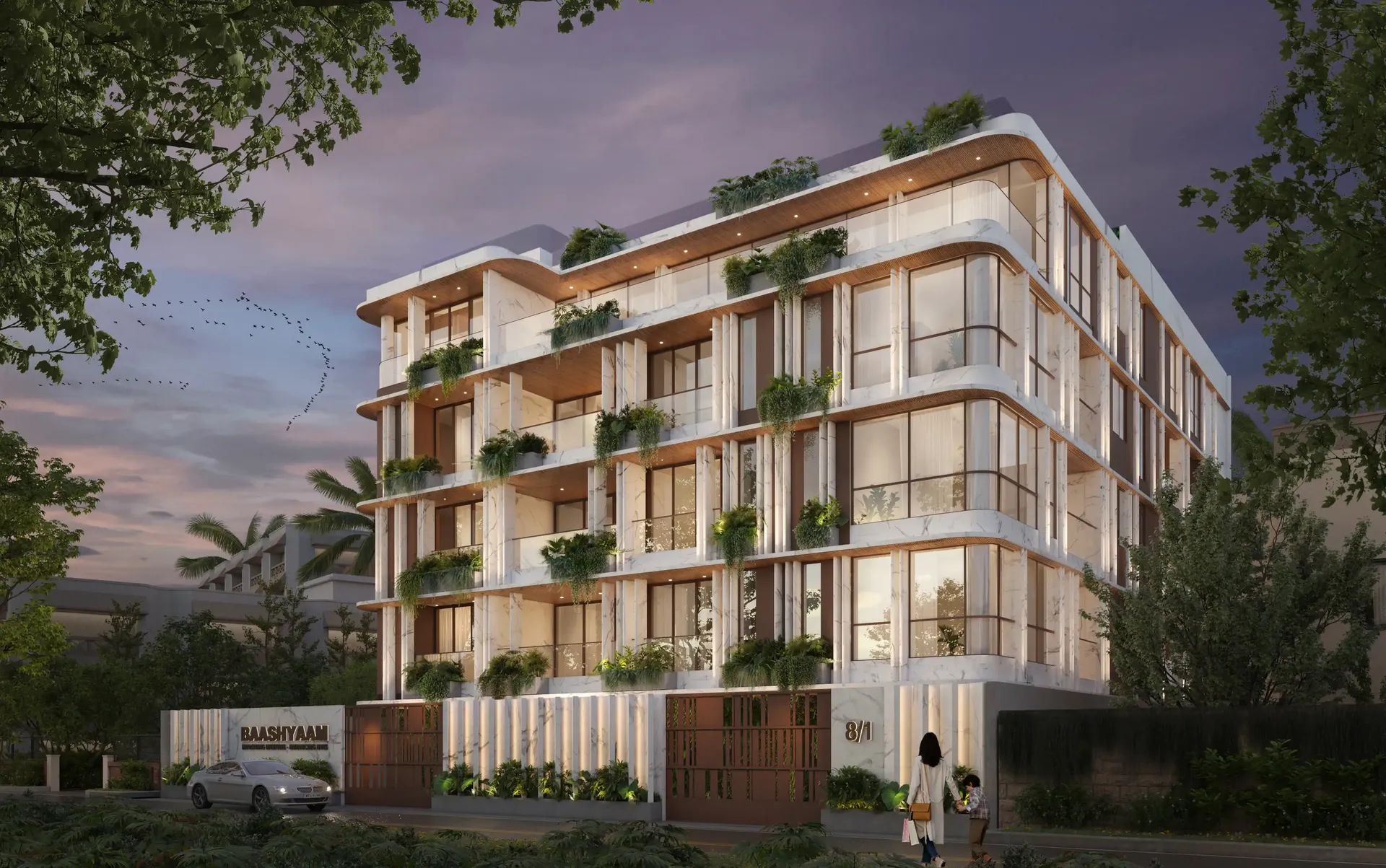Building and Designing Homes for People with Disabilities
We explore the key architectural features that should be considered when designing a barrier-free, user-friendly home for aged and differently-abled people.
When constructing houses, it is important to design them with simple designs to enable persons with disability (PWDs) to have access to houses. These designs should be included at the start itself, so that no cost would be involved during the construction process. When design modifications are required they can be incorporated with very little cost. These simple but appropriate designs, such as disability friendly houses and toilets will help improve the mobility and accessibility of PWDs. Further, when common compounds, public places and play areas are constructed; consideration must be given to the accessibility for PWDs.
Willingness to make a house usable to the greatest extent to every individual regardless of their physical condition and ability leads to the development of an idea called ‘Universal Design’ for homes. A former version of the concept, which was termed as ‘barrier free’ infrastructure, was mostly seen as a concept that is related to disability and hence was promoted and paid heed to only by people who are directly or indirectly related to any type of physical disability.
What is Universal Design?
The concept of Universal Design coined by an architect, Ronald L. Mace, put emphasis on the fact that Universal Design is useful for persons without disability as well as for the persons with disability at every stage of their respective lives.
A house built on the concept of universal design is nothing quite different or expensive as compared to ordinary houses but it can bring a massive positive change in the lives of the dwellers. It is built on the very basic concept that ‘the design should work for the person rather than the person working to fit the design’. After all people are not born to adjust with the infrastructure; they build the infrastructures for easing their lives. The houses built on universal designing concept are such that they meet the needs of people across a range of disabilities. And, if ever needed they can be altered with minimum expenses and efforts to meet the changing needs of the person.
Following are some useful and descriptions to keep in mind when constructing houses. Alternative designs can be used according to individual requirements.
1. Ease of Movement
Wide doorways, corridors, and hallways are essential for ensuring that mobility aids such as wheelchairs and walkers can be easily navigated. Ideally, doorways should be at least 36 inches wide, and corridors and hallways should be at least 42 inches wide. This provides ample space for manoeuvring and prevents obstacles from impeding movement.
2. Ensure Accessibility to All Areas of the Home
This can be achieved by using a single level design that eliminates the need for stairs. If stairs are necessary, they should be fitted with sturdy handrails on both sides, and steps should be no higher than 7 inches to prevent trips and falls. Ramps should be provided for entryways and exits, and all switches, outlets, and controls should be at an accessible height.
3. Use of Technology to Enhance Functionality
Smart home technologies can be used to control lighting, temperature, and other functions, making it easier for aged and differently-abled people to manage their homes. Voice-activated controls can also be used to control appliances and other devices, reducing the need for physical exertion.
4. Ensure Safety & Security
Adequate lighting should be provided both indoors and outdoors to ensure that hazards are visible, and security systems should be installed to deter intruders. Bathroom design should incorporate non-slip flooring, grab bars, and shower seats to prevent falls.
5. Aesthetically Pleasing
The use of bright, contrasting colours can be used to make the home more visually appealing and to help distinguish different areas. The use of natural lighting can also help to create a sense of warmth and openness.
6. Use of Outdoor Space
An accessible garden can be designed to provide a relaxing and therapeutic environment for aged and differently-abled people. The garden should be designed to provide ease of movement and should be fitted with raised beds and benches at accessible heights.
7. Bathroom should be spacious with wider entrance
A wider entrance (60 inches) and spacious floor no doubt makes the bathroom accessible for wheelchair users. At the same time it is comfortable for parents who need to bathe their small kids. A smaller bathroom increases inconvenience level for everybody. If a bathing chair is needed by any of the house member at any future time, it can be easily adjusted in a spacious bathroom without causing inconvenience to the other users of bathroom.
8. Floor tiles should be skid-proof and slip-resistant
Well it is needless to explain why we need a skid-proof or slip-resistant floor in our house. It becomes really dangerous when the floor tiles in the bathrooms are of glossy finish. An accidental slip may prove troublesome for any individual. And yes bathroom should have fittings that can bear an adult person’s weight so that a person may save herself by holding the fittings if she slips in the bathroom. Stronger fittings also help people with muscular dystrophy as they can hold things as convenient for them while getting up.
Designing a barrier-free, user-friendly home for aged and differently-abled people requires careful consideration of various architectural elements. By providing ease of movement, accessibility, and functionality, such a home can enhance the quality of life for its occupants. The use of technology, smart home systems, and outdoor spaces can also be used to create a warm and inviting environment. By working with a skilled architect or designer, homeowners can create a space that is both functional and aesthetically pleasing, providing a sanctuary that can be enjoyed for years to come.
Up Next
Top Construction Innovations That Make Homes Last for Generations
A home is often the most significant investment in a person’s life, and for many, it’s not just about creating a living space for today but building a legacy for tomorrow. The good news is that modern construction has advanced far beyond traditional brick and mortar. Today, innovative materials and techniques are making homes stronger, more sustainable, and more resilient—built not just for decades, but for generations to come.
Discover a Self-Contained World: Inside Chennai’s Most Thoughtfully Planned Township
A self-contained epic lifestyle with smartly curated living experiences — that’s what this momentous development in Koyambedu brings to Chennai’s real estate landscape. Rarely do we see something that truly reimagines aspirational residential living and commercial spaces. For years, large-scale home communities and townships have been defined through a narrow lens. Now, this project from Baashyaam, true to its philosophy of “Improving Lifestyles – Enhancing Lives”, is changing the narrative and setting new benchmarks.





